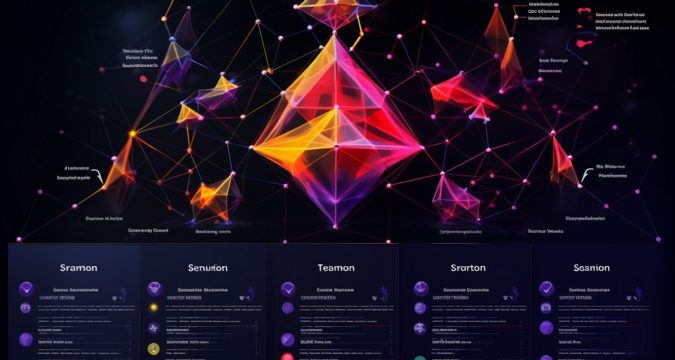
While speaking during a recent interview, Anatoly Yakovenko, the co-founder of Solana, highlighted key vulnerabilities faced by two major blockchains, Ethereum and Solana. His insights shed light on the potential challenges and risks these networks might encounter in the evolving landscape of the blockchain industry.
Ethereum’s Risk of Centralization
Yakovenko expressed concerns about Ethereum’s susceptibility to centralization. He pointed out this possibility contradicts Ethereum’s fundamental appeal and design philosophy which was centered around decentralization.
He added that if such centralization were to occur, it could undermine Ethereum’s position in the blockchain space, where decentralization remains its unique proposition.
Solana’s Atomic Composability
Regarding Solana, Yakovenko acknowledged the reliance on a concept called atomic composability. This feature allows various components and transactions within the Solana blockchain to interact seamlessly and efficiently.
Solana’s architectural focus on this feature aims to boost its performance. However, Yakovenko admitted that Solana’s long-term success might face risks if the broader blockchain industry doesn’t place as much value on atomic composability as Solana does.
Communication Challenges Within The Blockchain Sphere
Meanwhile, Qiao Wang, a blockchain expert, has highlighted the issue of complex messaging within the blockchain sphere. He expressed concerns that this approach could deter new developers from engaging with the platform.
Responding to this critique, Ethereum co-founder Vitalik Buterin acknowledged the need for more transparent communication. Buterin stressed the importance of simplifying the messaging to convey essential information to developers effectively.
These insights into the vulnerabilities of Ethereum and Solana expose the challenges and adaptations necessary for these platforms to sustain their relevance and success in the evolving landscape of the crypto world.
Yakovenko Dismisses Solana’s Integration Of Layer 2 Solutions
Furthermore, Yakovenko, also a co-founder of Solana Labs, emphasized Solana’s unwavering commitment to its core mission: expanding the atomic global state machine. Addressing queries about the possible integration of Layer 2 solutions by Solana, Yakovenko dismissed their relevance, stating that the platform’s focus remains on scaling Layer 1 directly.
He expressed optimism about achieving scalability through hardware upgrades in the future. Yakovenko’s comments follow Offchain Labs Co-Founder Steven Goldfeder’s enthusiasm for Ethereum and its Layer 2 solutions.
Solana’s Stance
The co-founder’s recent reaffirmation of Solana’s vision stirred further debates in the crypto sphere. Notably, blockchain educator MartyParty echoed Yakovenko’s stance, emphasizing Solana’s pivotal role in expanding its atomic global state machine.
MartyParty proposed the possibility of utilizing Solana as a Layer 2 solution for Bitcoin. He envisions the realization of Lightning Network’s primary objectives—facilitating near-instant and cost-effective transactions for Bitcoin.
While Yakovenko acknowledged the technical possibility of implementing Layer 2 solutions on Solana, he reiterated that the platform’s primary focus is on scaling Layer 1 directly. Yakovenko’s reaffirmation of Solana’s commitment to scaling Layer 1 emphasizes the platform’s future trajectory.
The debates surrounding Solana’s strategic direction follow its ongoing quest for scalability and efficiency within the blockchain space.




